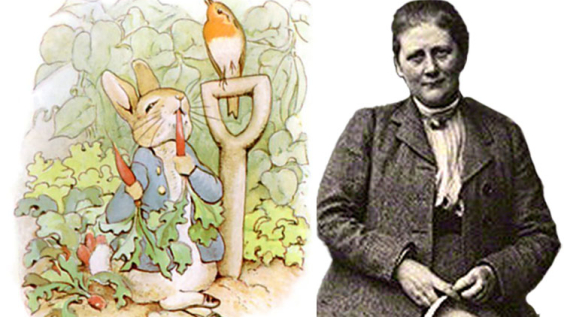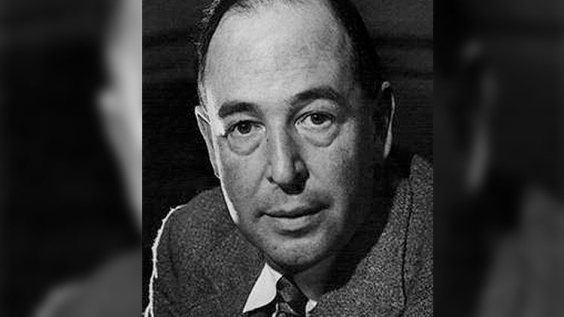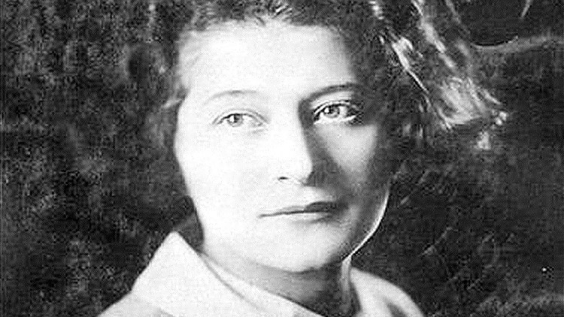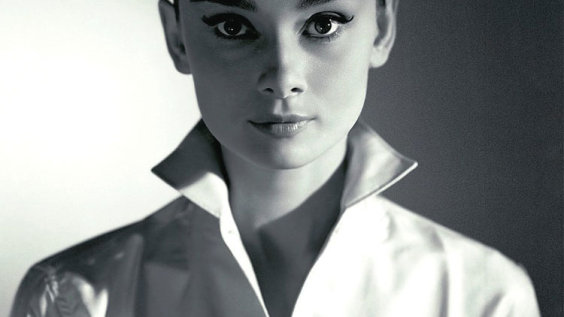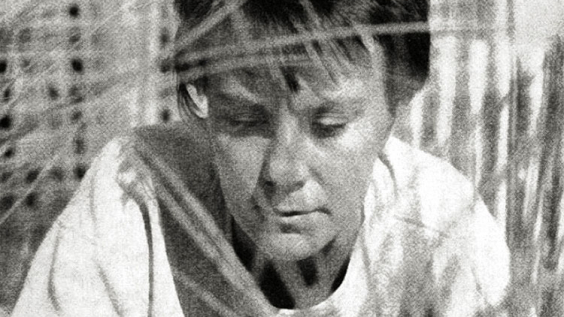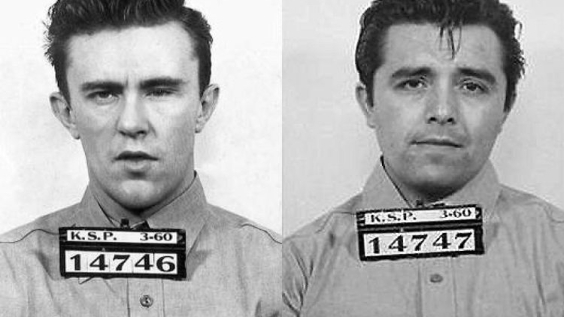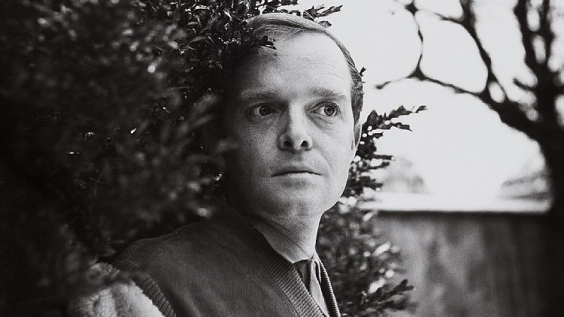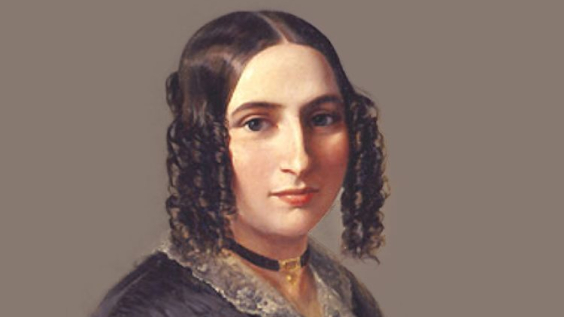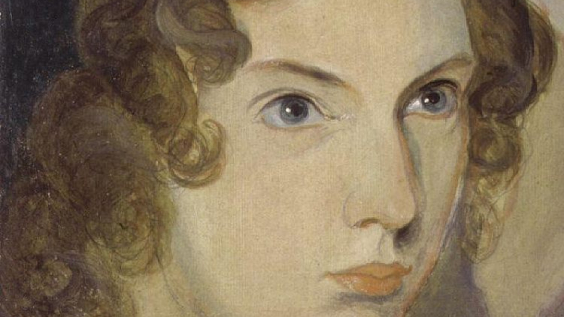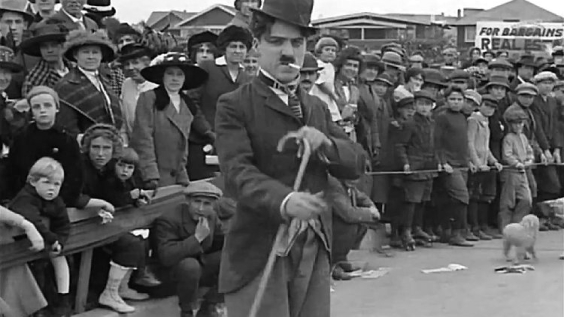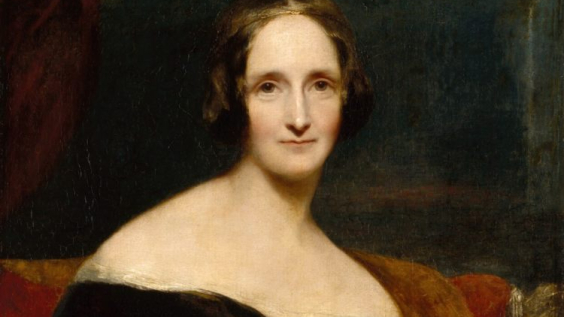
From Motown to rock, musicians of all musical genres have voiced their support for causes such as civil rights or an end to war, but the first key protest song can be attributed to Billie Holiday, who recorded her iconic version of Strange Fruit on 20 April 1939.
The song, about the horrors of racist lynchings, stunned audiences. Whilst previous songs had sometimes conveyed protest, Strange Fruit was the first to carry an explicit political message in an entertainment space. And whilst it was also not the first popular song to deal with race, Strange Fruit stood out for its graphic content and commercial success.
Strange Fruit became one of Holiday’s biggest hits, and was named song of the century by Time magazine in 1999. In 2002, the song was added to the Library of Congress’ National Recording Registry for its cultural and historical significance, and continues to serve as a timeless call to action against racial violence today.
Over eighty years on, how did a poem about lynching became a timeless call to action?
It was originally a poem written by a schoolteacher
Despite being made famous by legendary singer Billie Holiday, the song was originally a poem called ‘Bitter Fruit’. It was written by a white Jewish schoolteacher in the Bronx, Abel Meeropol – under the pseudonym Lewis Allen – for a union-run New York Teacher magazine in 1937.
It is thought Meeropol wrote the poem having seen a magazine featuring Lawrence Beitler’s photograph of the 1930 double-lynching of Thomas Shipp and Abram Smith in Marion, Indiana. The image stayed with Meeropol, prompting him to express his horror at lynchings through the poem, and was an attack upon those who perpetrated it.
Meeropol was a self-taught composer and pianist, and set his poem to a melody, renaming it Strange Fruit. The song was performed on several occasions at leftwing gatherings, and later by black singer Laura Duncan at Madison Square Garden. Robert Gordon, who worked at New York’s Cafe Society, watched Duncan’s performance, and mentioned the song to Barney Josephson, the club’s founder. Meeropol was then invited to play it for Billie Holiday.
It came to symbolise many aspects of discrimination black people faced
Strange Fruit is a mournful dirge protesting the lynching of black Americans in the Jim Crow-era South – more than 4,000 African Americans were brutally lynched in the US between 1877 and 1950.

Commodore Records 78 label for Strange Fruit by Billie Holiday
Image Credit: Commodore Records, Public domain, via Wikimedia Commons
The song’s lyrics compare the bodies of lynching victims to fruit ‘hanging from the poplar trees’. Although lynching had begun to subside by the time Meeropol wrote the song, it came to symbolise all the other, more subtle forms of discrimination that still affected the black population. Through his lyrics, Merropol wasn’t mourning the deaths; he was calling out Southerners who were doing the murders.
‘The bulging eyes and the twisted mouth, scent of magnolias, sweet and fresh / then the sudden smell of burning flesh’.
Part of what makes Strange Fruit so haunting, solemn and unique is its stillness – its powerful lyrics forced audiences to stop and stand still. The song was something entirely new, proving songs could also be art, and take on more symbolism than merely the song itself.
She insisted she be allowed to perform at all of her appearances
Billie Holiday was aged 23 and performing at New York’s Café Society club when the song was brought to her attention. Holiday (along with her accompanist Sonny White and arranger Danny Mendelsohn) worked on the song for three weeks before debuting the revamped song at Café Society in March 1939.
The club had a policy of complete integration, and was therefore the perfect venue for the song’s debut. Holiday also worked with Josephson, the club’s founder, to create specific conditions for its performances for maximum effect. The song was always the last song in the set, performed in absolute silence, with no bar service and dimmed lights except for a single spotlight on Holiday’s face. No encores would be given. The way Holiday sang the song, lingering over the words, meant that the images of blood on the leaves and of bodies swinging in the wind also lingered.
Although unsure if her audiences would want to hear the song, Strange Fruit went on to become the centrepiece of Holiday’s shows. The song was so powerful that some club proprietors tried discouraging her from singing it for fear of alienating or angering their customers. Holiday therefore added a clause to her contract guaranteeing she could. As the song became a feature of her sets, Holiday witnessed a range of reactions, from tears to racist hecklers and walkouts.

Holiday performing at the Club Bali, Washington, with Al Dunn (drums), and Bobby Tucker (piano) in 1948
Image Credit: Ralph F. Seghers c/o Ken Seghers, CC BY-SA 2.0
Holiday’s label, Columbia Records, refused to record the song fearing a backlash, so she turned to a smaller label, Commodore, and recorded the song on 20 April 1939 in a studio with an eight-piece band. Despite many mainstream radio stations and record labels thinking the song was too hot to touch and blacklisting it (even the black press barely mentioned it) the recording became a hit.
Billie Holiday recognised the potential and power of the song in highlighting racial injustice – as did the authorities. Whilst Holiday rightly wanted to grow that potential, the FBI made efforts to silence her due to the song. Nevertheless, anti-lynching campaigners sent Strange Fruit to congressmen to encourage them to propose a viable anti-lynching bill.
It has since been covered by more than 60 artists
It wasn’t until the civil rights era that Strange Fruit became fully widely known, thanks to Nina Simone’s stirring 1965 cover where her understated vocals grow louder throughout the song, until she bellows through the piano chords – angry, mournful, and vulnerable, creating chills for listeners. Because of its personable quality, Strange Fruit helped the Civil Rights Movement get involved in music scene, inspiring other artists to voice dissent in their lyrics.
Strange Fruit itself has now been covered by more than 60 artists, including Diana Ross, UB40, Siouxsie and the Banshees, Tori Amos, Jeff Buckley, Annie Lennox, India.Arie and Fantasia. It has also inspired musicians such as Bob Dylan. Kanye West sampled Simone’s cover for his 2013 track ‘Blood on the Leaves’ on his album Yeezus, where he juxtaposed the historical meaning of Strange Fruit with themes of modern slavery and the rap world.
However, Billie Holiday’s performance is so strong that no other version really compares.
 Listen Now
Listen NowIt is still deeply relevant
Strange Fruit has come to represent racism in general, and the political anger beneath the song’s calm melody particularly resonates with the hip-hop generation. Strange Fruit was streamed more than 2 million times in 2020 alone as the Black Lives Matter movement came to the top of the social agenda after George Floyd’s death, and has since taken on a new relevance with greater awareness of social and racial injustices.
The Meeropol family continue to earn royalties, a portion of which has gone toward the establishment of the Abel Meeropol Social Justice Writing Awards. However, they too are sad the song is newly relevant. Simply through its message, Strange Fruit has united artists, listeners, and movements – now serving as a reminder to keep fighting for rights for future generations. As Michael Meeropol says, ‘Until the last racist is dead, Strange Fruit will be relevant’.



